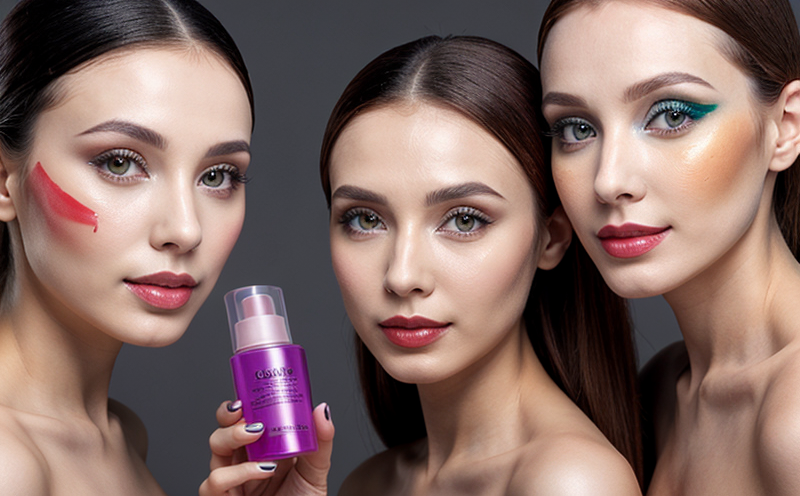Dermal Absorption Testing for Cosmetic Ingredients
Understanding dermal absorption is crucial in cosmetics and personal care product development. Dermal absorption testing evaluates how much of a cosmetic ingredient or excipient can penetrate the skin, which directly influences its efficacy and safety profile.
The primary objective of this test is to determine whether an active ingredient or preservative can enter the body through the skin. This information is vital for ensuring that products are safe and effective while minimizing potential risks associated with prolonged exposure to certain substances.
Regulatory bodies worldwide, including the European Union's REACH regulations and the U.S. Food and Drug Administration (FDA), require manufacturers to demonstrate compliance regarding dermal absorption rates when introducing new formulations or ingredients into the market.
The testing process typically involves applying a known amount of test substance onto intact skin samples under controlled conditions for a specified period. Specimen preparation includes selecting appropriate skin types, ages, and anatomical sites relevant to anticipated consumer use. After exposure, the sample is analyzed using analytical methods such as high-performance liquid chromatography (HPLC) or gas chromatography mass spectrometry (GC-MS).
One of the key challenges in dermal absorption testing lies in simulating realistic conditions that mimic actual product usage. Factors like skin hydration, temperature, and duration must be carefully controlled to obtain accurate results.
It's important to note that not all cosmetic ingredients are intended for direct contact with the skin; some may only serve as carriers or stabilizers. In such cases, it's necessary to assess whether these non-active components could migrate into the stratum corneum (outermost layer of skin) and potentially be absorbed.
When interpreting results from dermal absorption studies, several factors should be considered:
- The type of skin used in testing
- The concentration of the test substance applied
- The duration of application
- The presence or absence of other ingredients that might affect permeability
Accurate interpretation helps manufacturers make informed decisions about formulation changes, ingredient selection, and labeling requirements.
Benefits
- Ensures compliance with international regulatory standards like REACH and FDA guidelines
- Reduces the risk of adverse reactions by identifying potentially hazardous ingredients
- Improves product efficacy through optimized formulation design
- Aids in reducing environmental impact by minimizing unnecessary ingredient use
Quality and Reliability Assurance
The quality assurance process for dermal absorption testing involves rigorous calibration of equipment, standardization of procedures, and validation of methods to ensure consistency across multiple batches or labs. This includes regular audits and proficiency tests conducted by independent third parties.
Absorption data is validated against established benchmarks provided in relevant international standards such as ISO 10993-10 for biocompatibility testing. Compliance with these standards ensures that the results are reliable and reproducible.
Reliability assurance also extends to maintaining up-to-date knowledge on current scientific findings related to dermal absorption mechanisms and technologies, which allows us to refine test protocols accordingly.
Environmental and Sustainability Contributions
Incorporating dermal absorption testing into cosmetic development practices promotes sustainability by encouraging the use of safer ingredients. By minimizing exposure to harmful substances, we contribute positively towards reducing overall environmental pollution.
This approach supports sustainable supply chains by fostering innovation in green chemistry and eco-friendly formulations. Additionally, it aligns with broader efforts aimed at enhancing public health awareness around personal care product safety.





